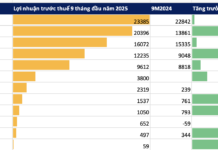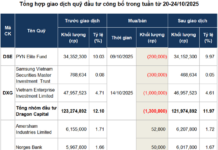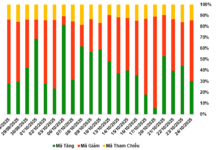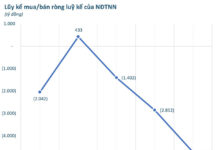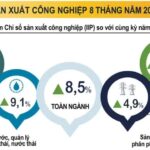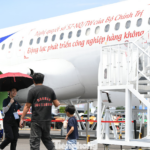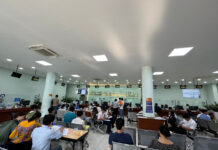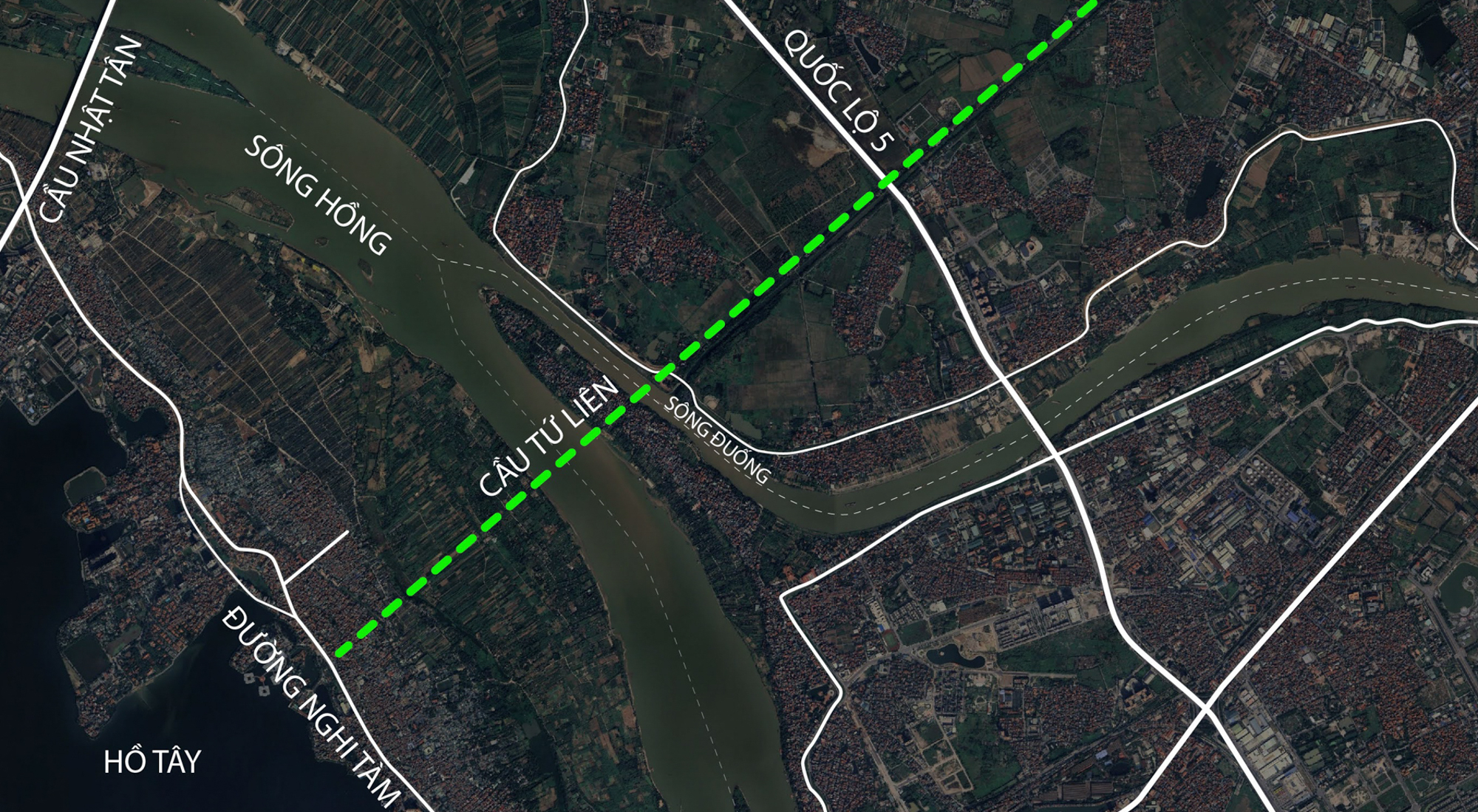
On May 19th, Hanoi commenced construction on the Tu Lien Bridge and its
connecting roads. With a total investment of nearly VND 20,000 billion,
it is the most expensive bridge project in Hanoi and the second most
expensive in Vietnam.
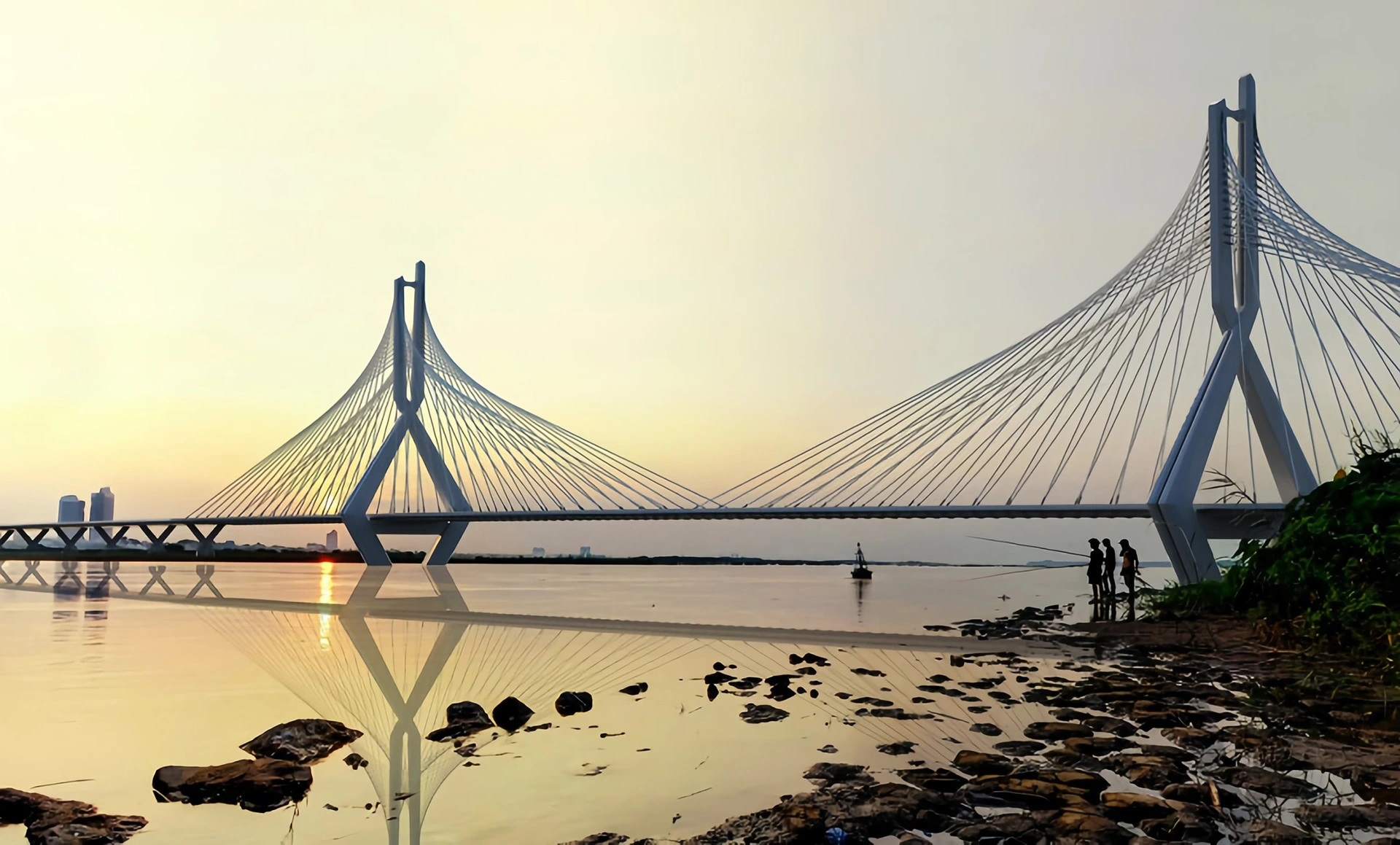
The Tu Lien Bridge boasts the tallest main pylon in Vietnam at 185
meters, surpassing the Can Tho Bridge (175 meters). Its design
features a unique cable-stayed system with a dragon-like tower,
symbolizing Hanoi’s spirit.
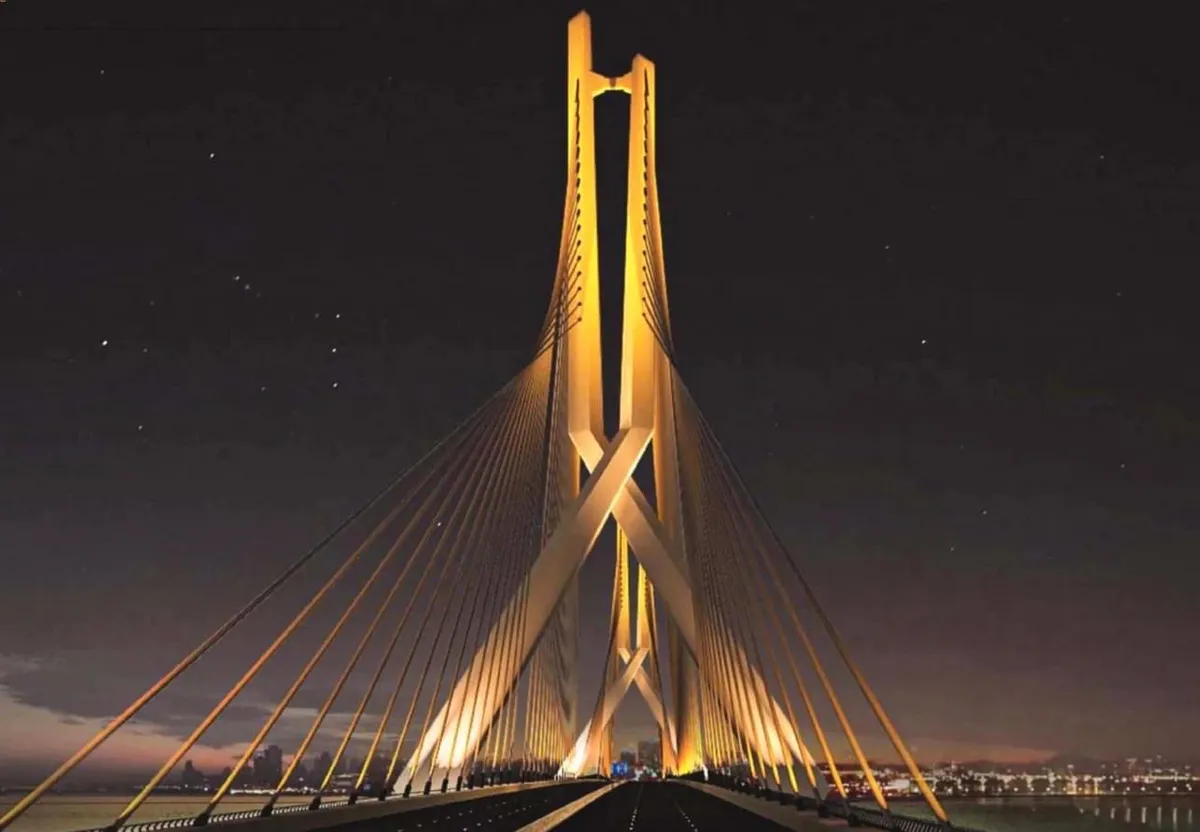
The bridge’s design incorporates a distinctive cable-stayed system with
cross-strut cables on one side, creating a signature look for Hanoi’s
skyline.
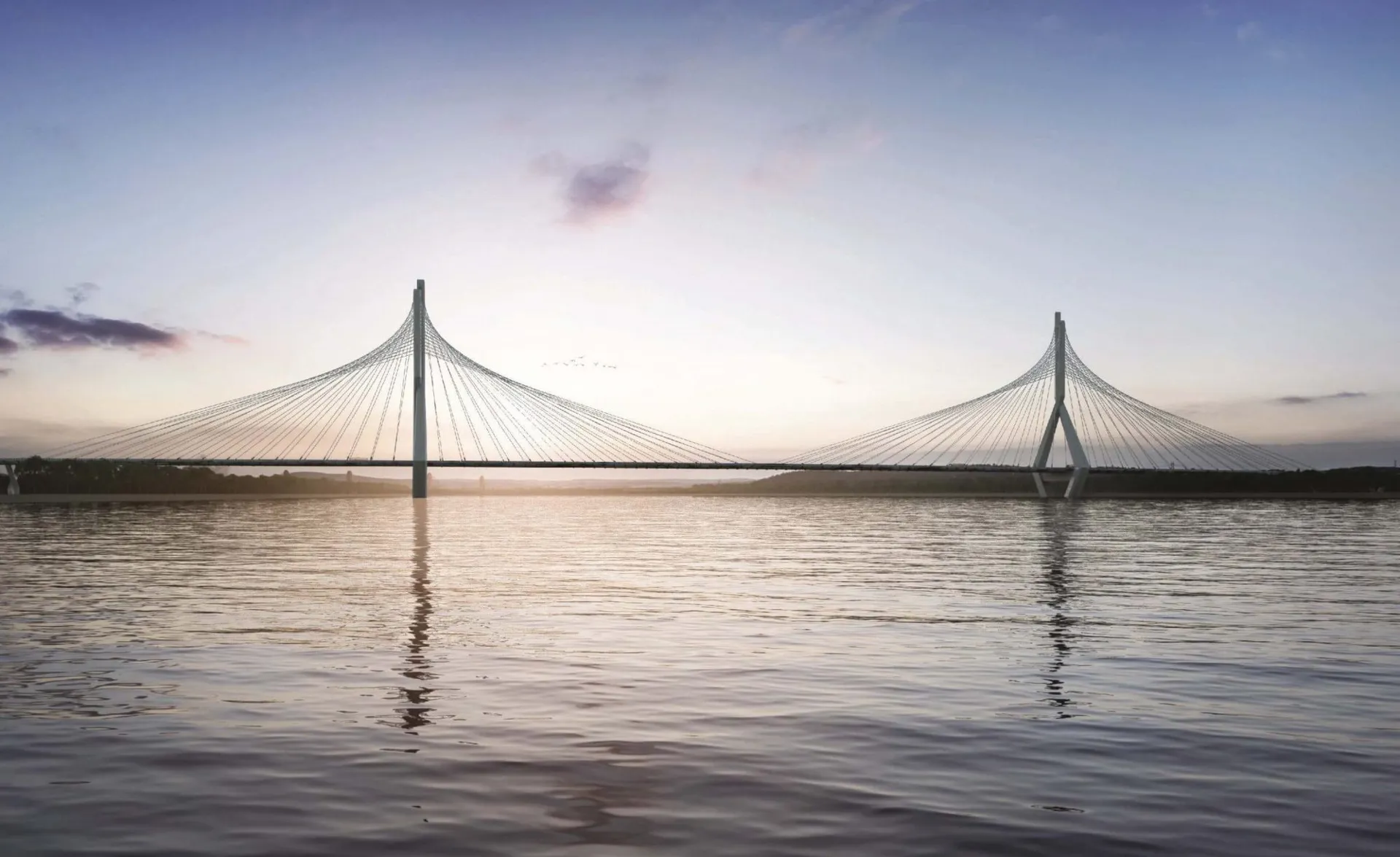
With a main span of 500 meters, the Tu Lien Bridge is the second-longest
in Vietnam after the Can Tho Bridge. Its length surpasses other notable
bridges such as the Vam Cong and Dai Ngai 1 bridges.

Another unique feature of the Tu Lien Bridge is the high density of
interchanges along its route. With a length of over 5 kilometers, the
bridge has five interchanges, including the Nghi Tam, Huu Hong, Bai
Giua, Ta Hong, and National Highway 5 extensions.
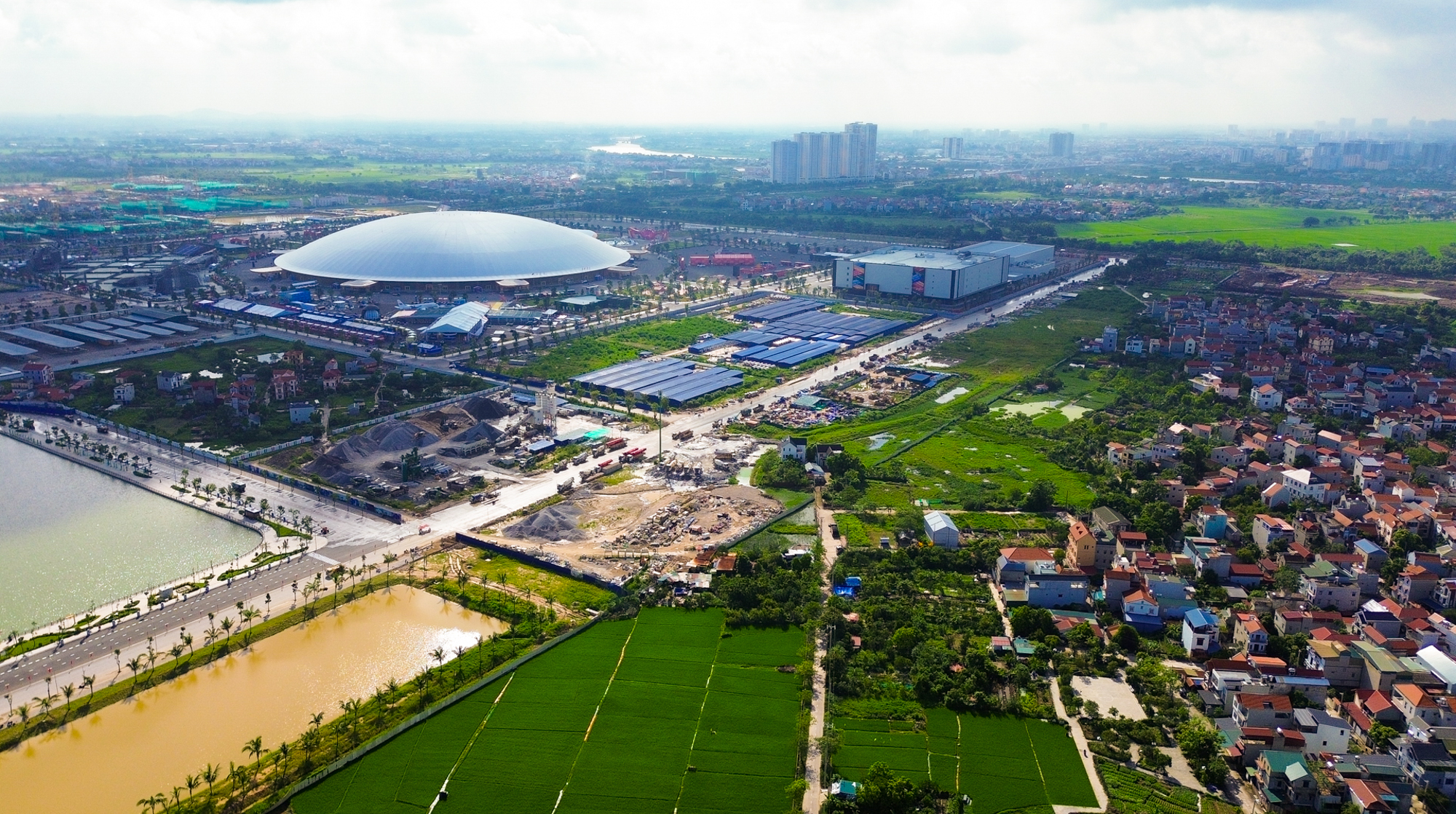
The Tu Lien Bridge plays a crucial role in connecting central Hanoi with
the Vinhomes Global Gate mega-project (Vinhomes Co Loa) and the Hanoi –
Thai Nguyen expressway, providing a direct link to the Gia Binh airport.
In the picture, the Tu Lien Bridge’s approach road runs alongside the
National Exhibition Center.
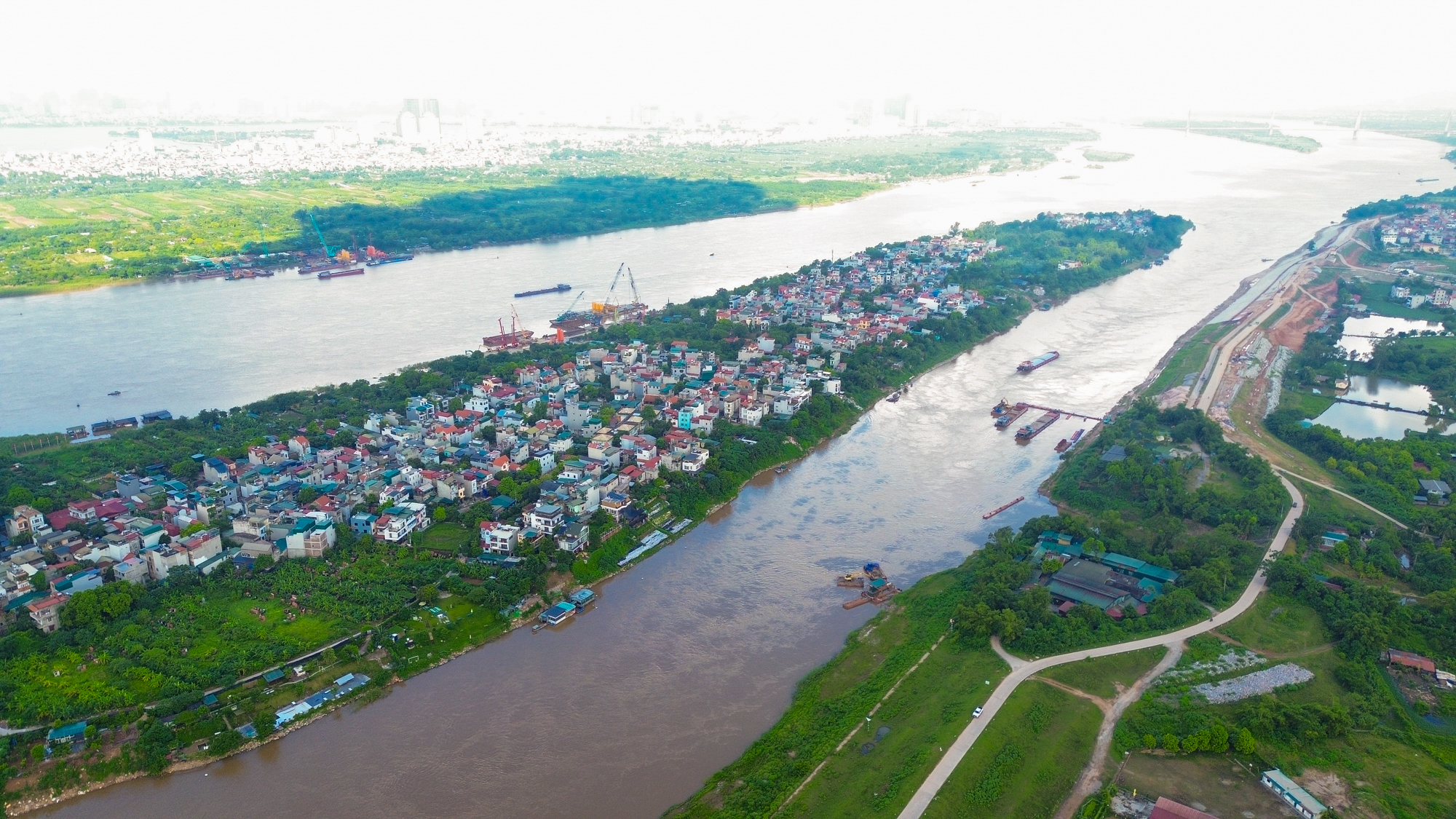
The Tu Lien Bridge spans 5.15 kilometers with a width of 43-44 meters,
accommodating six vehicle lanes, mixed lanes, merging lanes, and
pedestrian walkways. The approach road on the West Lake side is 48 meters
wide, including the main bridge, urban collector roads, and sidewalks on
both sides of the route. The approach road on the Dong Anh side is 60
meters wide.
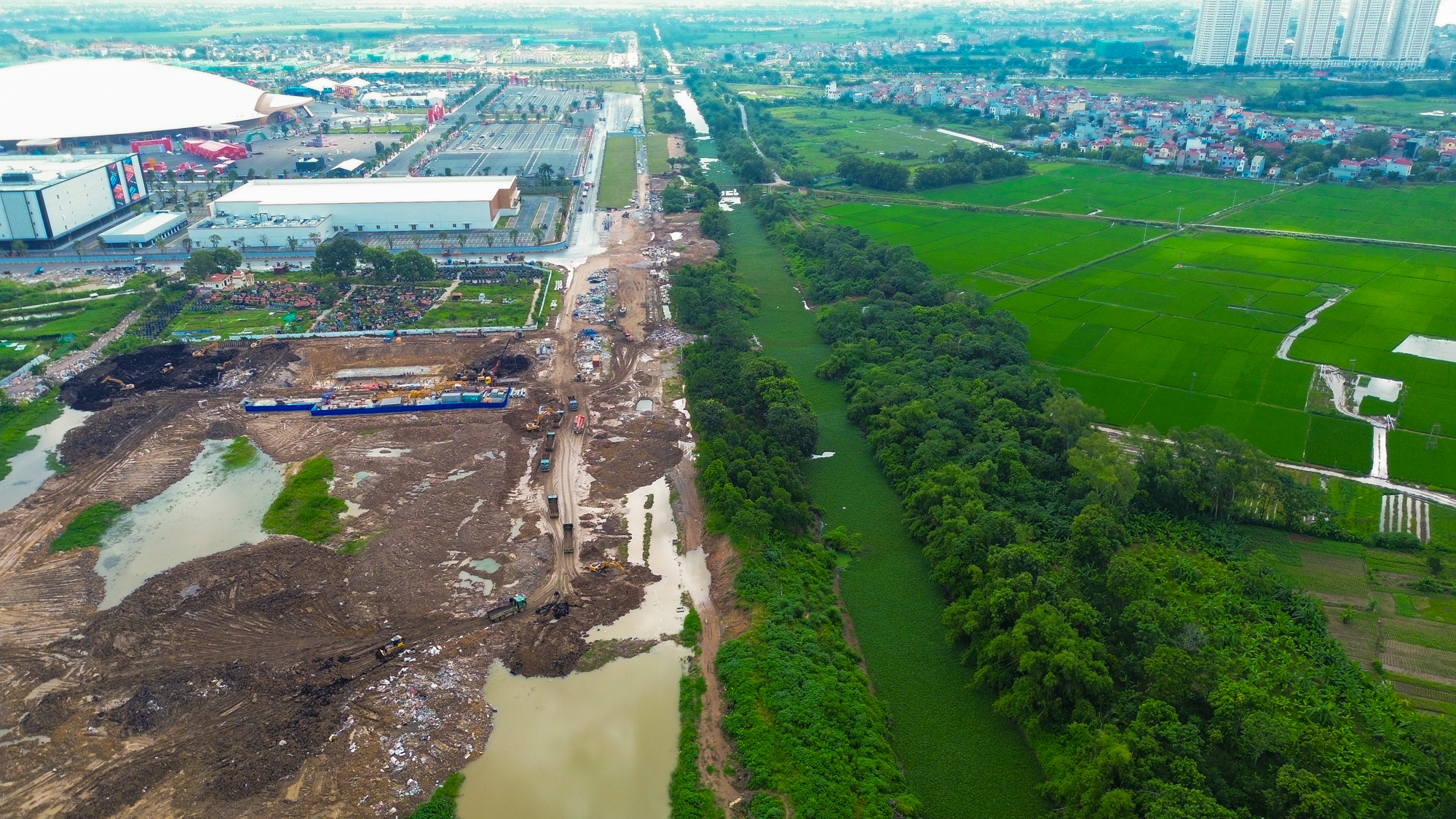
After more than three months of construction, the approach road on the
Dong Anh side is taking shape and will eventually serve as a utility
road for transporting machinery and materials.
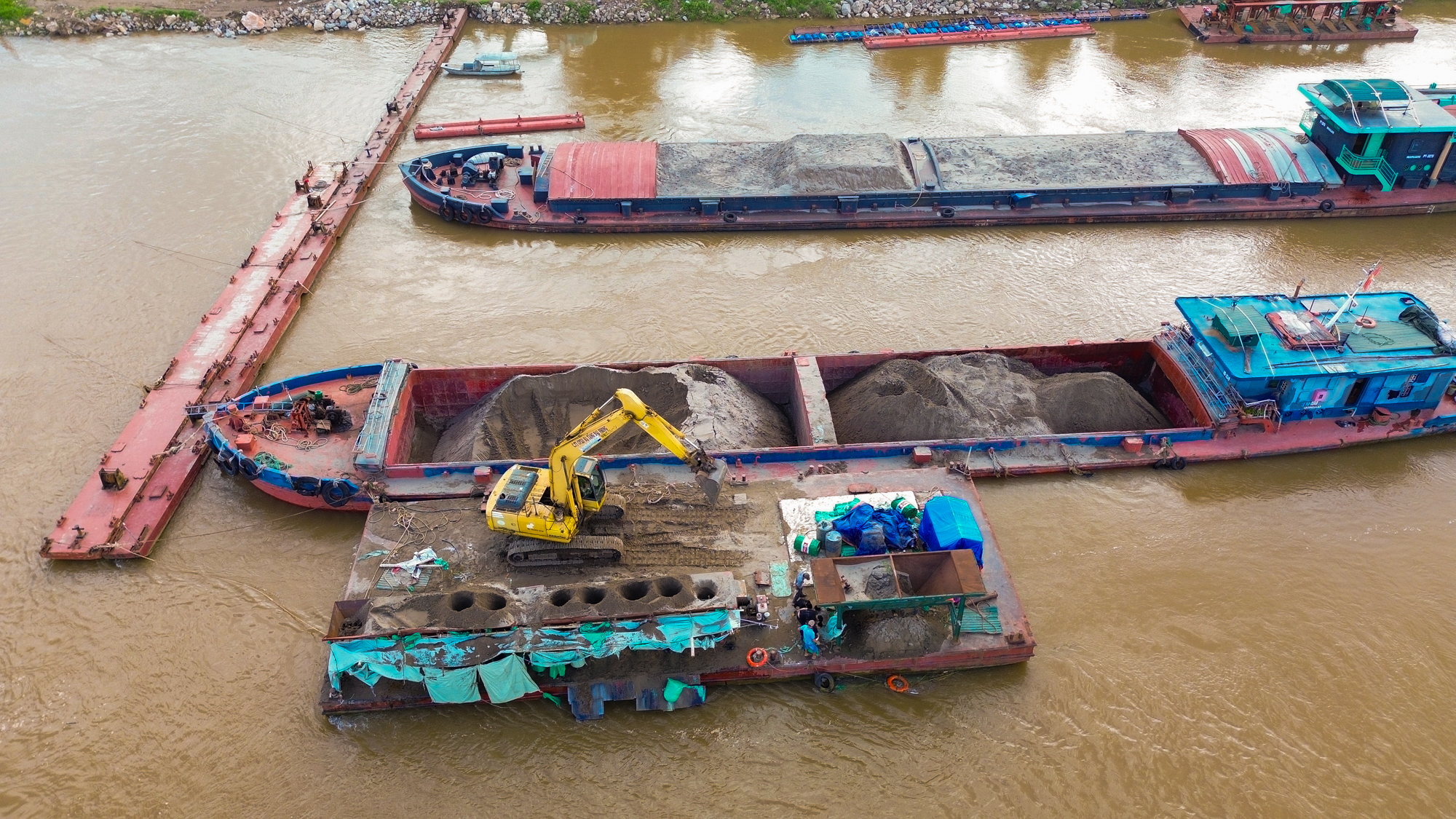
Currently, the contractor relies mainly on river transportation for
material delivery.
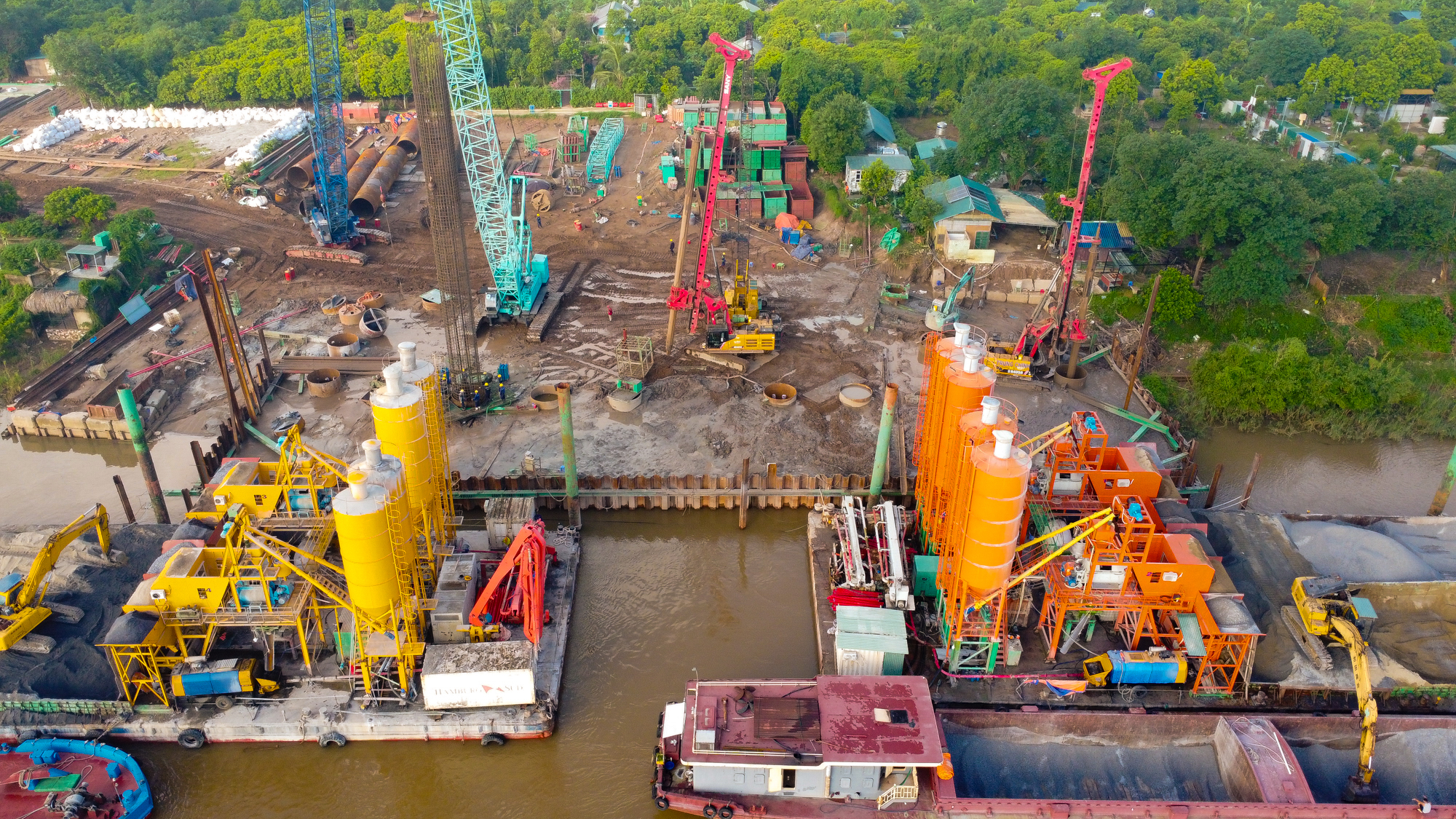
Dozens of machines and hundreds of workers are mobilized on-site. The
contractor is working on the foundation pit for the main tower, drilling
and installing iron cages, and conducting concrete pile work.
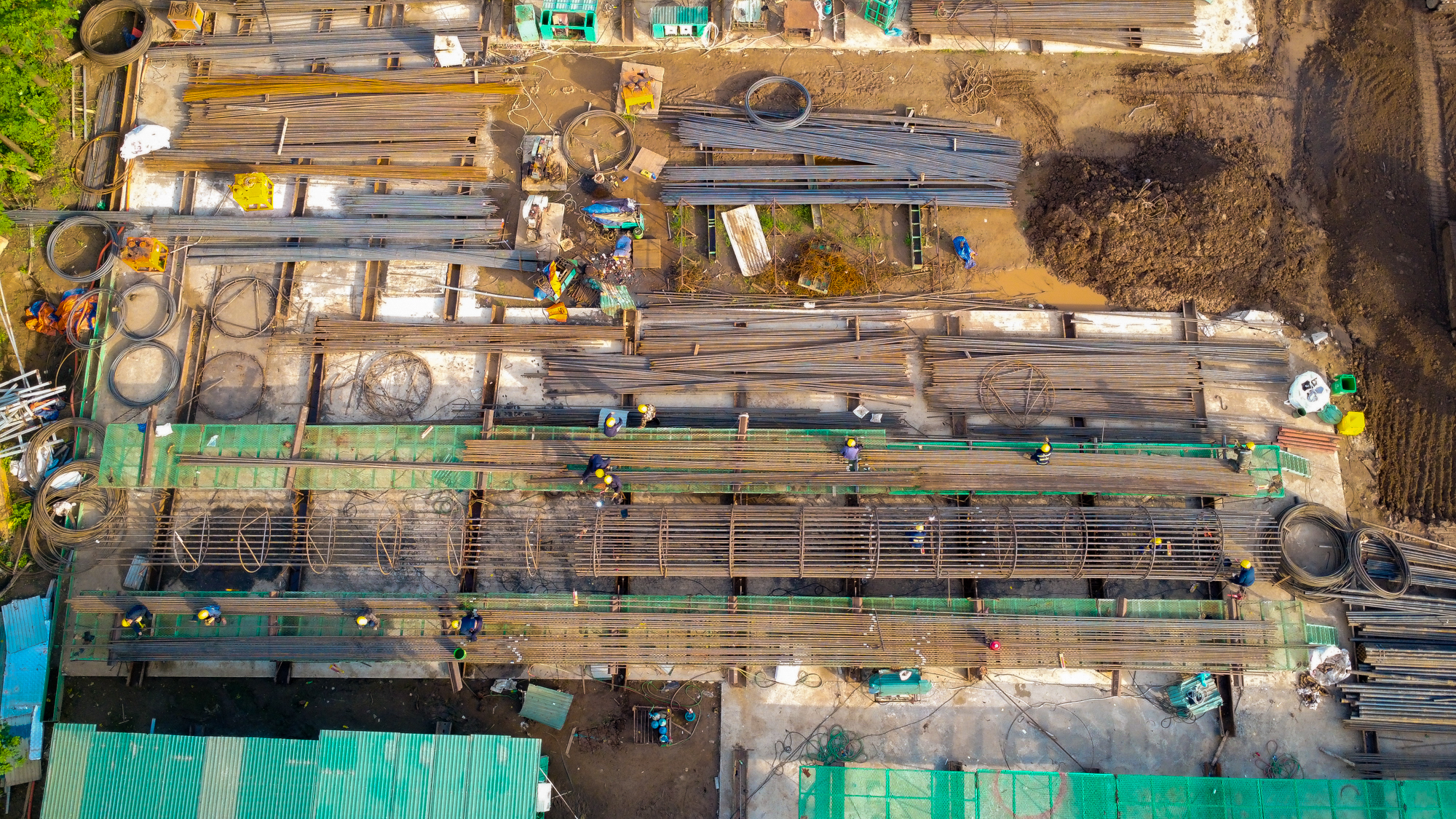
By the end of this year, all drilled piles are expected to be completed.
The main tower construction will commence next year, and steel truss
launching is scheduled for early 2027. To ensure timely progress,
construction continued through the four-day holiday break on September
2nd.
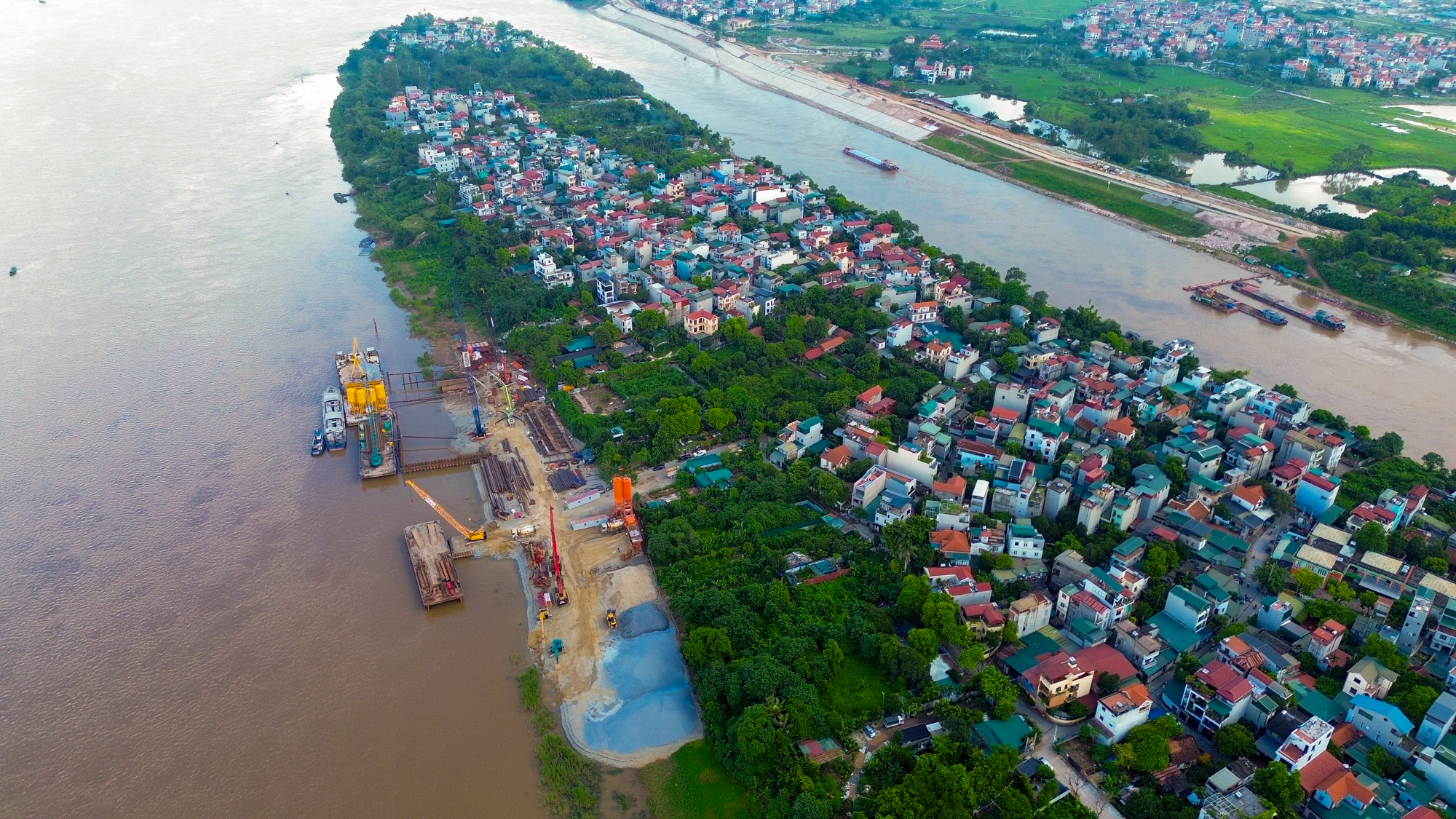
The bridge is expected to be completed by 2027. Upon completion, the Tu
Lien Bridge will help alleviate traffic congestion on the Nhat Tan and
Chuong Duong bridges and stimulate the development of the Northern Red
River urban area.
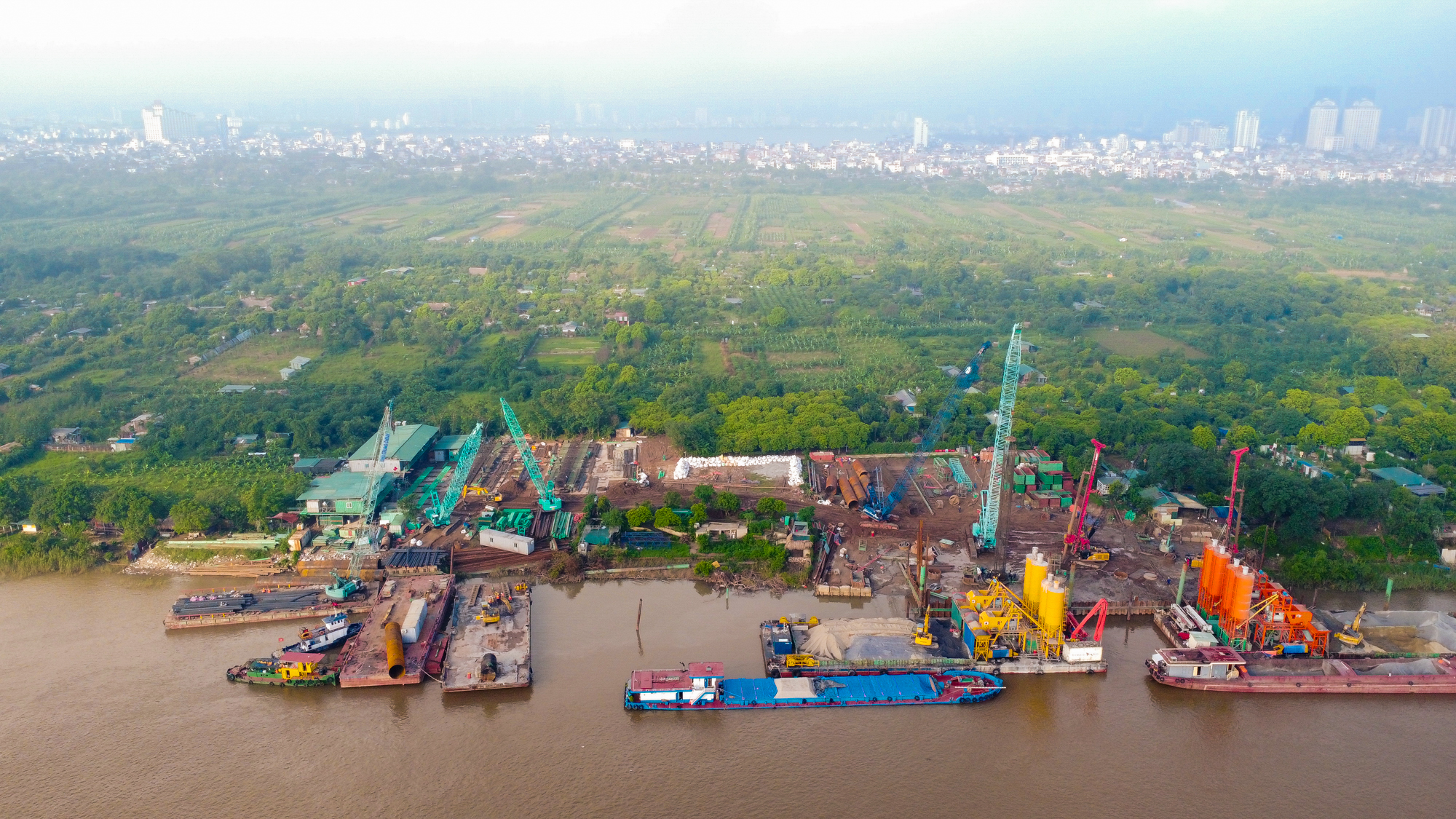
According to Hanoi’s master plan, nine more bridges will span the Red
River by 2050: Van Phuc, Hong Ha, Thuong Cat, Thang Long, Tu Lien, Me
So, Tran Hung Dao, Phu Xuyen, and Ngoc Hoi. With the nine existing
bridges, the city will have a total of 18 bridges crossing the Red River.
The Green Light for the Metro Line 5: A 40km Route from Van Cao to Hoa Lac
The recently approved plan for the 5th metro line, an impressive 40km route with 20 stations and 2 large depots, is set to revolutionize travel in the city. This line, running from Van Cao to Hoa Lac, offers a significant portion of underground travel, starting from Van Cao and continuing through Lieu Giai, Nguyen Chi Thanh, and Tran Duy Hung. The above-ground and elevated sections begin after the National Convention Center, following the Thang Long Boulevard to its terminus at Hoa Lac.
“A Surging Foreign Investment Tide: Vietnam Attracts $26.14 Billion FDI in Eight Months, Up 27.3% Year-on-Year”
As per the latest figures released by the Statistics Bureau, foreign investment registered in Vietnam as of August 31, 2025, including newly registered capital, additional capital, and capital contributions and share purchases by foreign investors, totaled $26.14 billion, a surge of 27.3% compared to the same period last year.
“The $100 Aircraft-Grade Fastener Conundrum: Why Vietnam’s Manufacturing Sector is Yet to Take Off.”
“Vietnam’s current focus on manufacturing neglects the crucial need to invest in infrastructure and technology. Without a shift in focus, we risk remaining confined to low-end segments and missing out on global supply chains. A telling example is the country’s inability to produce a $100 bolt used in commercial aircraft wheels, highlighting the urgent need for a strategic rethink to elevate our position in the global market.”









